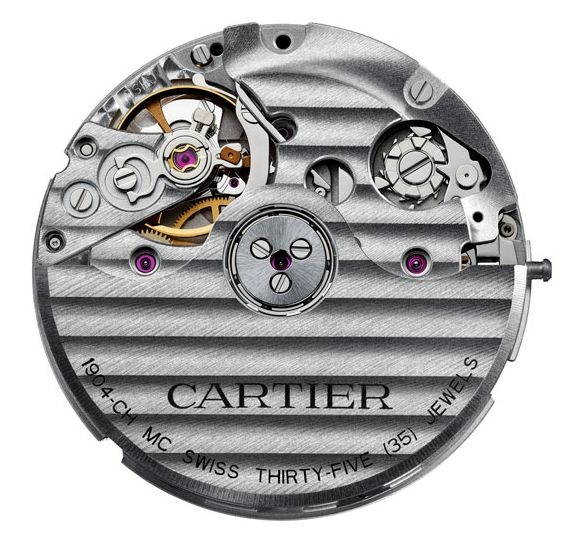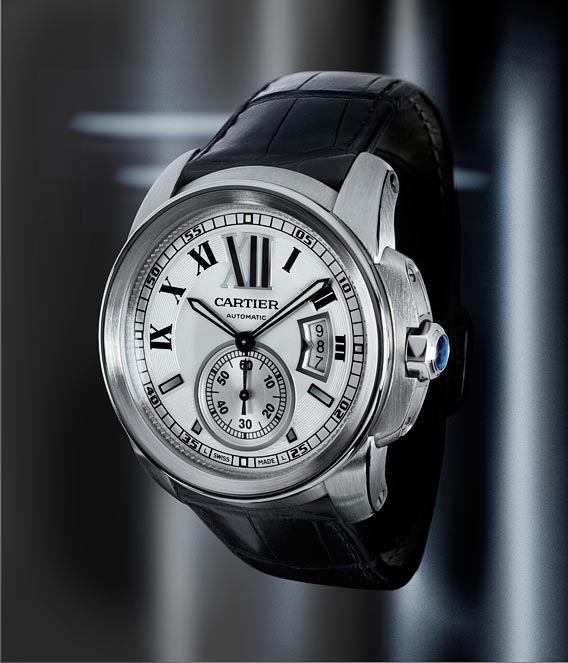So, I got curious about what makes Cartier watches tick, specifically their own movements. You hear a lot about Swiss movements, but I wanted to know what Cartier themselves were doing engine-wise. That led me down the path to checking out the Cartier 1904 MC movement.

My first step was just digging around online, trying to figure out what this ‘1904 MC’ thing actually was. I saw it pop up in relation to watches like the Calibre de Cartier, which kinda caught my eye back in the day. It wasn’t just some generic movement they bought off the shelf; Cartier actually developed this one themselves. That seemed like a pretty big deal for a brand mostly known for design.
I started looking at pictures and videos of watches that had it. You can sometimes see the movement through the case back. It didn’t look overly fancy like some super high-end stuff, you know, not covered in crazy hand-finishing everywhere. It looked more like a solid, well-built engine. Clean lines, seemed robust. I read somewhere it uses ceramic ball bearings for the rotor, which sounded kinda modern and practical for winding efficiency and wear.
Then I tried to grasp what it actually does. Okay, it’s an automatic movement. That means it winds itself when you move your wrist, which is pretty standard and convenient. No need to wind it every day unless you don’t wear it for a couple of days. I learned it was sort of Cartier’s main workhorse automatic movement, launched around 2010 I think. Designed to be reliable for everyday watches.
One thing folks mentioned was the twin barrel system. Now, I’m no watchmaker, but the gist I got was that having two barrels helps deliver power more consistently over time. It also gives it a decent power reserve – like, it’ll keep running for almost two days off your wrist. That seemed pretty practical.
I remember handling a watch with it once in a store. Didn’t buy it, but I got a feel for it. Winding it felt smooth, and watching the rotor spin through the back was neat. It felt substantial, like Cartier put real effort into making something dependable to power their own watches, moving away from relying solely on outside suppliers for certain models.

So, what’s my takeaway? The 1904 MC isn’t trying to be the most complicated or finely decorated movement out there. It’s Cartier’s own automatic engine, designed to be a reliable foundation for many of their watches. It marked a clear step for them into more serious in-house movement production. For me, it represents Cartier saying, “Hey, we don’t just design the outside, we engineer the inside too.” It’s a solid, practical movement that does its job well inside some pretty iconic watch designs.
